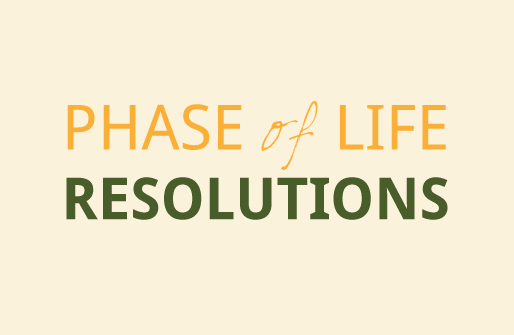The world of substance use treatment is changing rapidly. The medical disease model that focuses on addiction as a disease that only can be managed, but not cured, by abstinence from all substances of abuse is being challenged by the idea that even if a person abuses drugs or alcohol, they have a right to physical and mental health care, a safe environment and support to reduce the harm drugs or alcohol use might be causing.
Harm reduction refers to policies and practices that aim to reduce the harms associated with the use of drugs in people unable or unwilling to stop. The defining features are the focus on the prevention of harm, rather than on the prevention of drug use itself, and the focus on people who continue to use drugs, though this model is inclusive of those who want to stop use altogether. In effect, the harm reduction model meets the drug user where he or she is at in life and attempts to provide support in making small steps towards a healthier way of being in the world.
Harm reduction was developed first from a public health stand point. It began to be discussed frequently after the threat of HIV spreading IV drug users was first recognized. However, similar approaches have long been used in many other contexts for a wide range of drugs. Some of the most familiar harm reduction practices include opiate replacement therapy, needle exchange and safe injection sites for heroin users. For alcohol use disorders, the use of Naltrexone to manage cravings is an example of a harm reduction practice, as is having a personal breathalyzer available to check alcohol blood levels before getting behind the wheel of a car. Other examples includes the website DanceSafe https://dancesafe.org/ and other organizations that make it easy and safe to test a street drug before ingesting it.
Using a harm reduction approach in treatment of drug and alcohol use disorders means taking the time to learn from the individual what troubles them most about their use and building on their strengths to help them take steps toward their own goals. Perhaps a man who uses alcohol to excess wants his wife to stop nagging him about his drinking. Rather than focus on how much alcohol the man is using, the therapist might focus instead on how important his relationship with his wife is to him. When he can clearly see how his use is undermining one of the

most important relationships in his life, he has the opportunity to turn towards healing that relationship and may very well be motivated to reduce his use as a byproduct of that urge to connect with his wife.
Another example might be the individual who has gotten into the habit of using cocaine regularly and wants to stop using cocaine altogether. Her decision to use cocaine is almost always made after she drinks 3-4 drinks on a night out on the town. She may not see her alcohol use as a problem, but she can see clearly the negative impacts of cocaine in her life. In this case, the focus may be on the pattern of substance use. Some solutions for her might be more strategic. When am I most at risk for using cocaine? Are there certain people involved? How many drinks does it take before I think it is a good idea to use cocaine? She might develop “rules of engagement” for herself related to her alcohol use to prevent a lapse in judgement that leads her to making that call to her dealer. The therapy can go further than that as well, focusing on her values and goals in life. Being supported in one’s goals can help with letting go of behaviors that are not in alignment with those goals.
The harm reduction model doesn’t disregard the disease model of addiction. It doesn’t deny that a truly addicted brain does have physiological changes that would perhaps be best served by abstaining from all drugs of abuse. It is based on the recognition that many people throughout the world continue to use psychoactive drugs despite even the strongest efforts to prevent the initiation or continued use of drugs. Harm reduction accepts that many people who use drugs are unable or unwilling to stop using drugs at any given time. It affirms that people who are in the habit of using drugs can make small changes that will improve their health and the risk of their behavior on society. The approach humanizes the drug user and gives them hope that small doable changes are worthy of trying.
Suggested Reading
Harm Reduction International – The Global State of Harm Reduction


